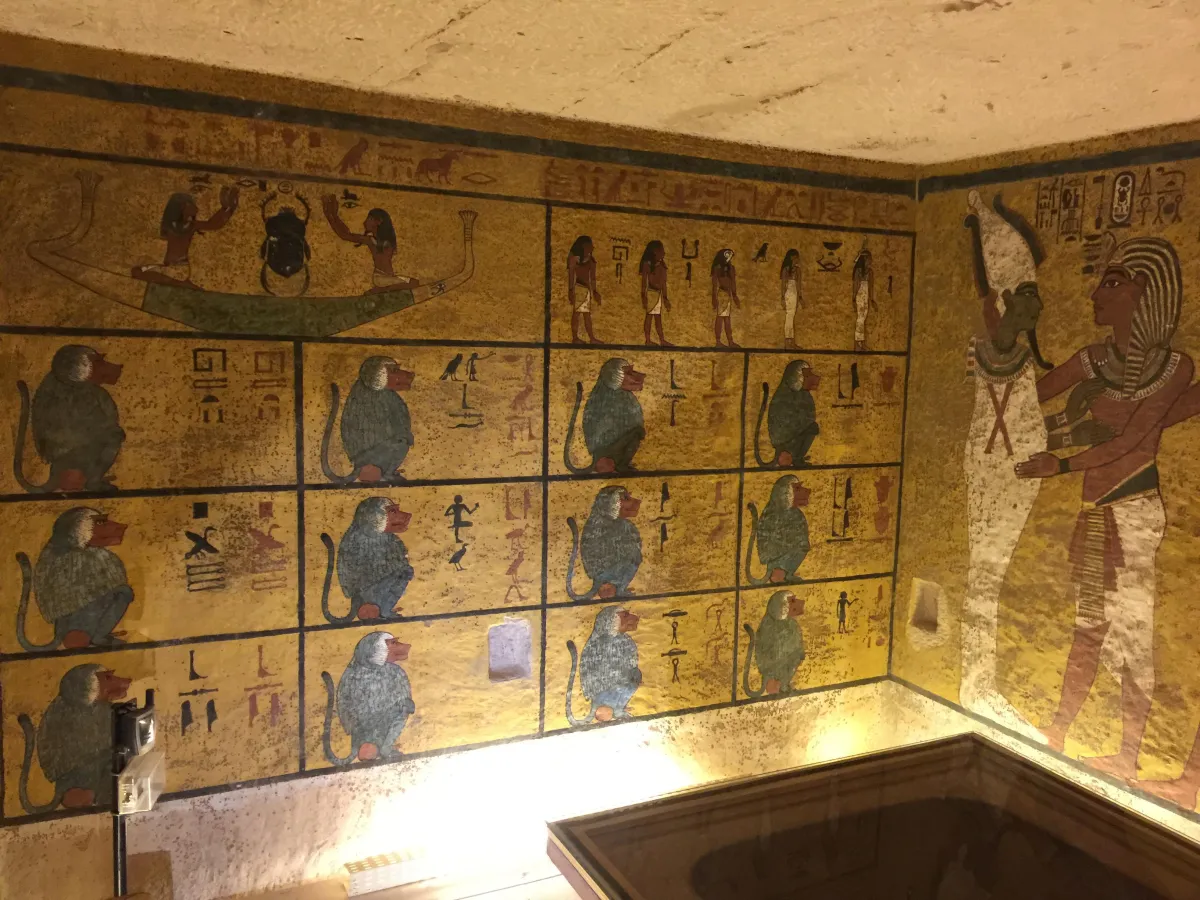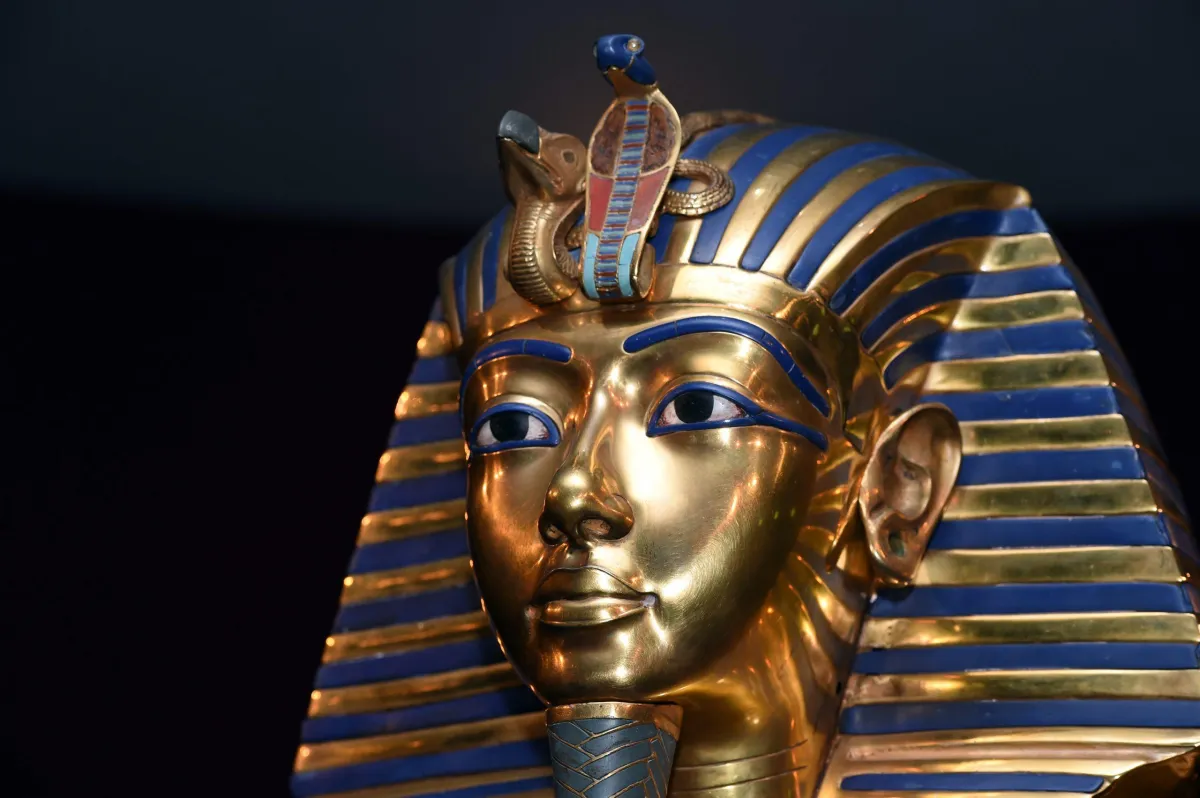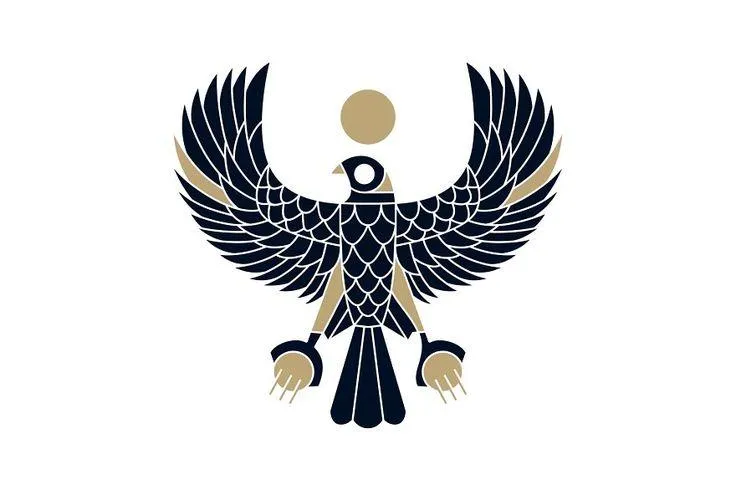
My Artifact
Tutankhamun’s tomb (innermost coffin and death mask)
By Caleb Chang
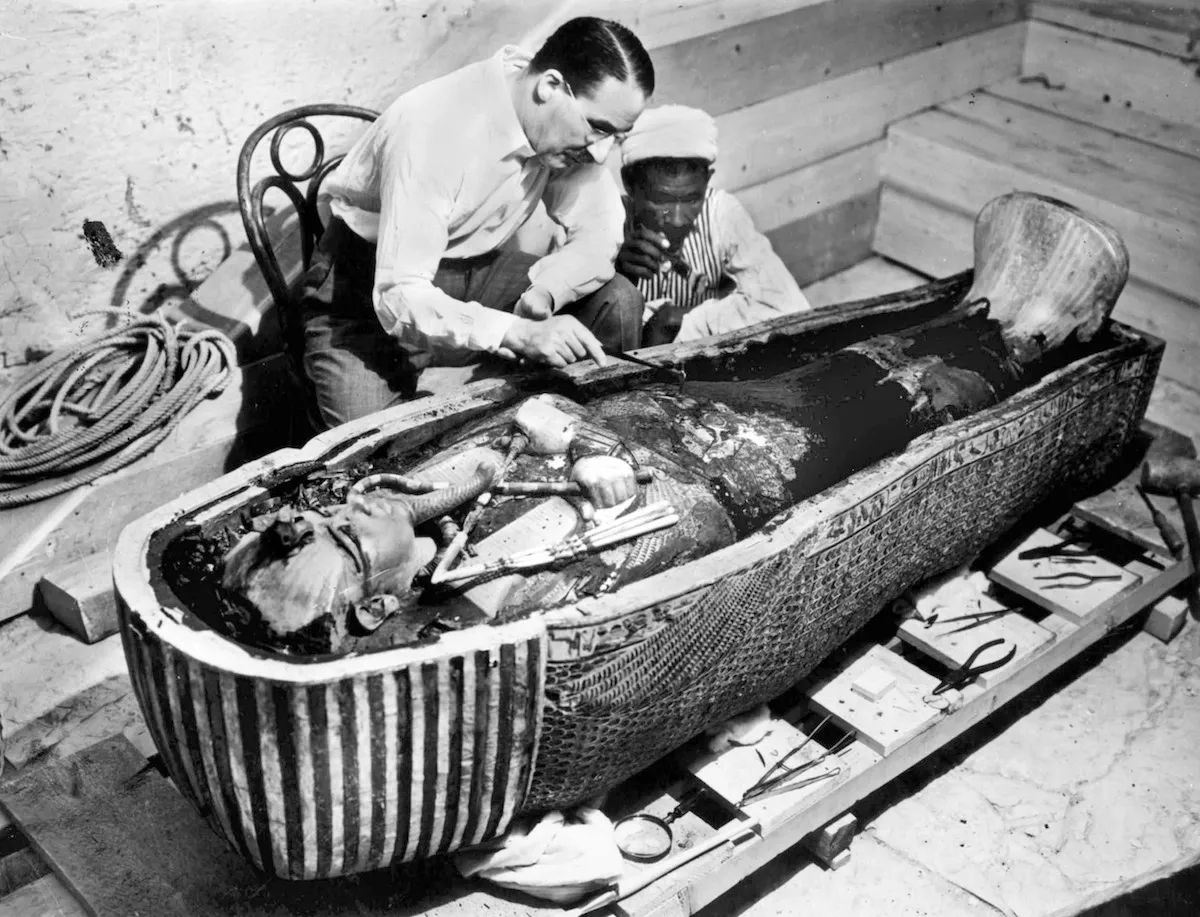
Introduction
About the Artifact
The artifact I chose was Tutankhamun’s tomb, particularly its innermost coffin and iconic death mask. This artifact has been one of the most significant findings of the 20th century. The artifact can be traced all the way back to 1323 B.C. It was crafted by Tutankhamun, a young Pharaoh. He has left behind a great artifact that can give us insight into what time was like during his reign. The innermost coffin is made of solid gold, and the death mask has magnificent art. The artifact was created to ensure the safe passage and protection of the king's spirit after their death. While these artifacts served a religious and cultural purpose during his lifetime, it now serves a large into how we can understand what the culture, religion, and craftsmanship was like during that time period.
PERSPECTIVE
The Social Scientist
Question:
How did the burial practices and artifacts associated with Tutankhamun’s tomb, specifically the innermost coffin and death mask, reflect and influence the social and religious beliefs of Ancient Egypt?
From the perspective of a social scientist, Tutankhamun's tomb and his innermost coffin and death mask, helps us understand ancient Egypt more deeply because it reveals insight. Tutankhamun became king at the age of nine during the 18th dynasty of the New Kingdom (circa 1332–1323 B.C.E.). After his passing, Tutankhamun was placed in an elaborate tomb, and was finally discovered by Howard Carter in 1922. Inside the tomb was the golden coffin and the death mask. They offered a glimpse into the elaborate burial practices and the Egyptians' beliefs in the afterlife.
The innermost coffin was crafted from solid gold and precious stones which symbolized the pharaohs great status in the afterlife. Ancient Egyptians believed their gods had skin of gold, bones of silver, and hair of lapis lazuli, reflecting in the materials and design of the coffin. Symbols like the flail and crook, and the images of goddesses such as Nekhbet (vulture) and Wadjet (cobra) on the coffin, signify the king's right to rule and the protection afforded to him in the afterlife.
Another masterpiece of Egyptian art was the death mask which was made from 2 sheets of gold and it weighed 22..5 pounds.
The back of the mask carries Spell 151b from the Book of the Dead, providing a 'road map' for Tutankhamun's journey into the underworld, highlighting the Egyptians' intricate beliefs surrounding death and the afterlife. These artifacts not only underscore the importance of the Pharaoh in Egyptian society but also reflect the complex interplay of religion, politics, and art in Ancient Egypt.
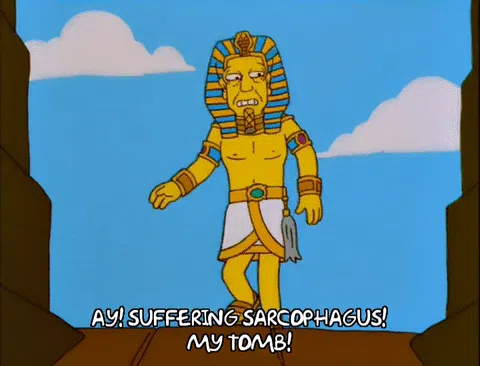
PERSPECTIVE
The Artist
Question:
How did the artistic techniques and materials used in Tutankhamun's death mask reflect the artistry and cultural values of the New Kingdom period in ancient Egypt?
The death mask of Pharaoh Tutankhamun shows us an insight into artistic skills and cultural values of the New Kingdom era in ancient Egypt. The 18th Dynasty of Egypt was known for its extensive artistic expression and advanced craftsmanship. The death mask represents this in several ways.
Some of the materials used for their artistic representation can give us insight into their beliefs. Firstly, Gold was believed to be the skin of the gods, linking the pharaoh to divinity, a crucial aspect of Egyptian culture. Secondly, Lapis lazuli, valued for its deep blue color, was associated with the heavens, further emphasizing the spiritual significance of the mask.
The design of pharaohs mask can also give a deeper insight. The headdress on the mask striped with gold and blue is a symbol of pharaohs power. The false beard, another pharaonic symbol, connects Tutankhamun with the god Osiris, ruler of the afterlife. The merging of divine art with pharaohs coffin shows use that the people believed the pharaoh to be somewhat of a god.
In summary, the artistic techniques and materials used in Tutankhamun's death mask were deeply intertwined with the religious beliefs, cultural values, and artistic trends of the New Kingdom period. The mask was a statement of power, divinity, and artistic sophistication, all central to the culture of ancient Egypt.

Conclusion
Pharaoh Tutankhamun's death mask still remain one of the the centerpiece of ancient Egyptian art. The artifact is not only a symbol of royal power and the people's religious beliefs, but it also offered insight into their advance artistic capabilities. The intricate design and their use of certain precious materials gave us a reflection of their cultural significance and their beliefs representing divinity and afterlife. Studying this artifact helps us better understand societal structure, religious beliefs, and artistic achievements. This can also help us reflect on our own society and it gives us a deeper appreciation of human history.
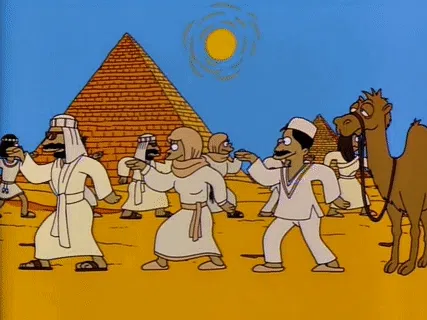
Cited Sources
Source 1
Dr. Elizabeth Cummins. "Tutankhamun’s tomb (innermost coffin and death mask)." Smarthistory.
Source 2
Khan Academy. "Tutankhamun’s tomb (innermost coffin and death mask)." Khan Academy.
Source 3
Smarthistory. "Ancient Egyptian religious life and afterlife." Smarthistory.


